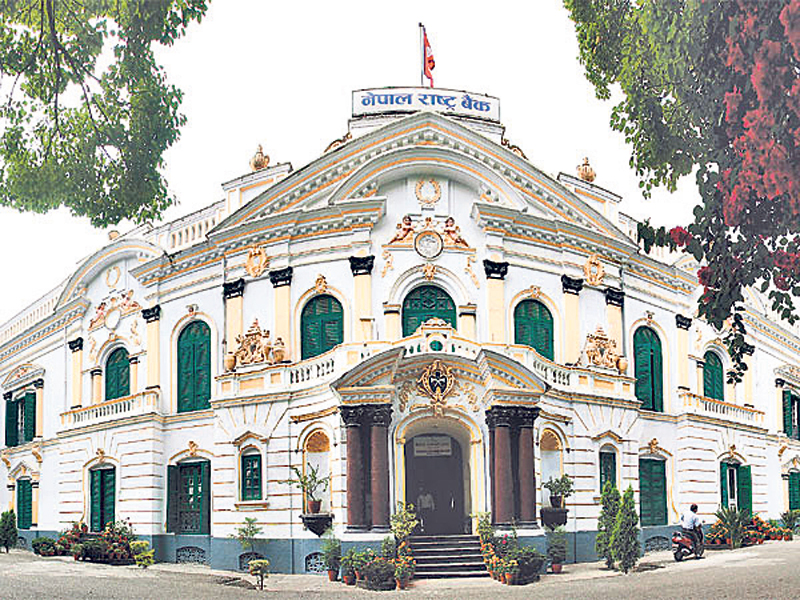KATHMANDU, July 13: Nepal Rastra Bank (NRB) has set an ambitious target of private sector lending in the next fiscal year (FY) despite struggling to manage excess liquidity in Nepal’s banking system as the current FY 2024/25 draws to a close.
Through the monetary policy 2025/26 unveiled on Friday, the NRB has targeted to increase private sector lending by 12 percent next year. The aim is similar to the target of 12.5 percent fixed for the current FY, while the actual lending has barely crossed 8 percent.
According to the NRB, it withdrew a total liquidity of Rs 21.340 trillion in excess with the banking system in the past 11 months, which was multifold higher compared to just Rs 3.838 trillion in the entire period of the previous FY. Of the amount, the NRB absorbed Rs 2.784 trillion through bidding processes while the remaining Rs 18.558 trillion was parked at the central bank under the ‘Standing Deposit Facility’, a short-term monetary tool.
Revised interest rate corridor system introduced

For more than a year, the banks and financial institutions (BFIs) have been facing an ever-widening gap between deposits and loan issuance resulting from their low lendings, which has resulted in the excessive loanable fund with them. Despite reducing interest rates to a three-year low, they have not had success expanding their businesses.
According to bankers, low returns with subdued economic activity, increasing bad debts and tighter regulatory measures in response to rising lending risks, among others, are behind the slow growth in lending rates. “At this point, the central bank's attempt to reduce interest rates without boosting up the investors’ confidence might not be meaningful,” said a banker.
The monetary policy has reduced the bank rate to six percent from 6.5 percent, while the lower bound of deposit collection rate has been reduced to 2.75 percent from 3 percent. Similarly, the policy rate has been slashed to 4.5 percent from 5 percent and the growth rate of money supply has been fixed at 13 percent.
Prakash Kumar Shrestha, former executive director of the NRB, said the attempt to enforce expansionary monetary policy at a time when interest rates have gone down to the lowest level may not result in the desired output. According to him, the situation may give rise to the liquidity trap.


































